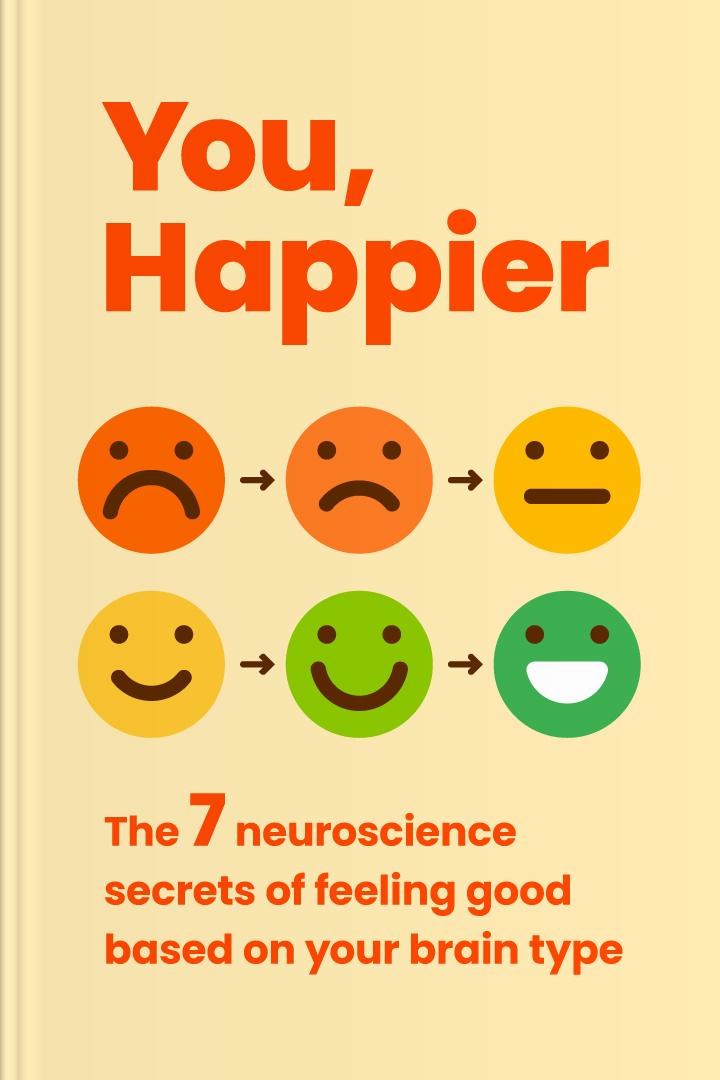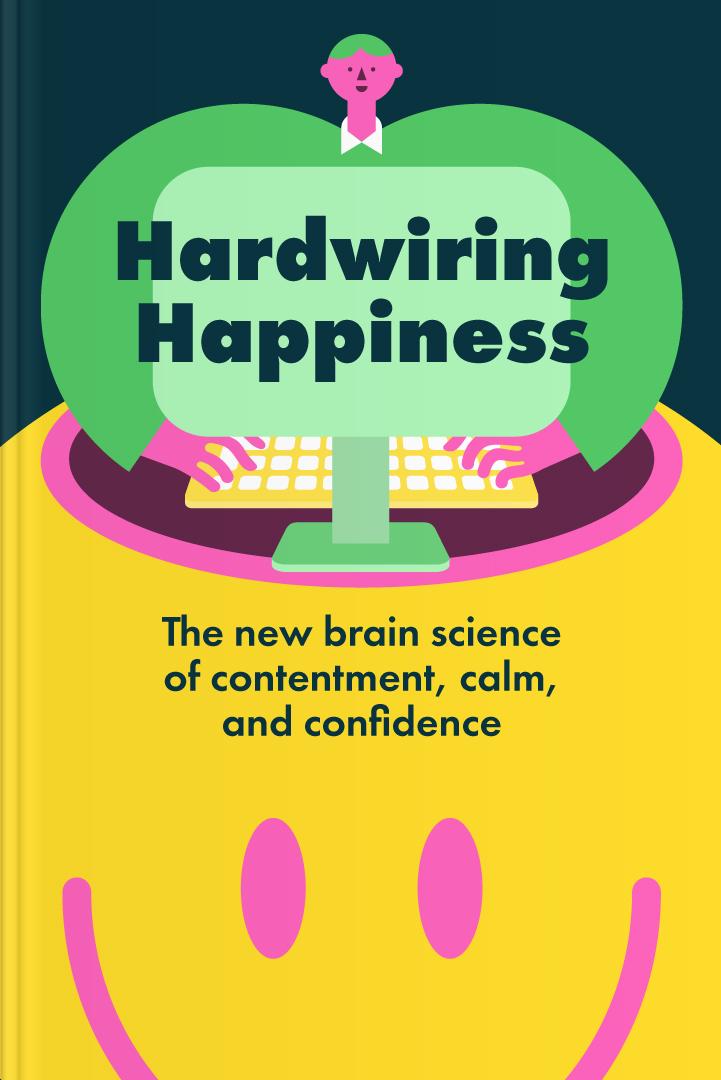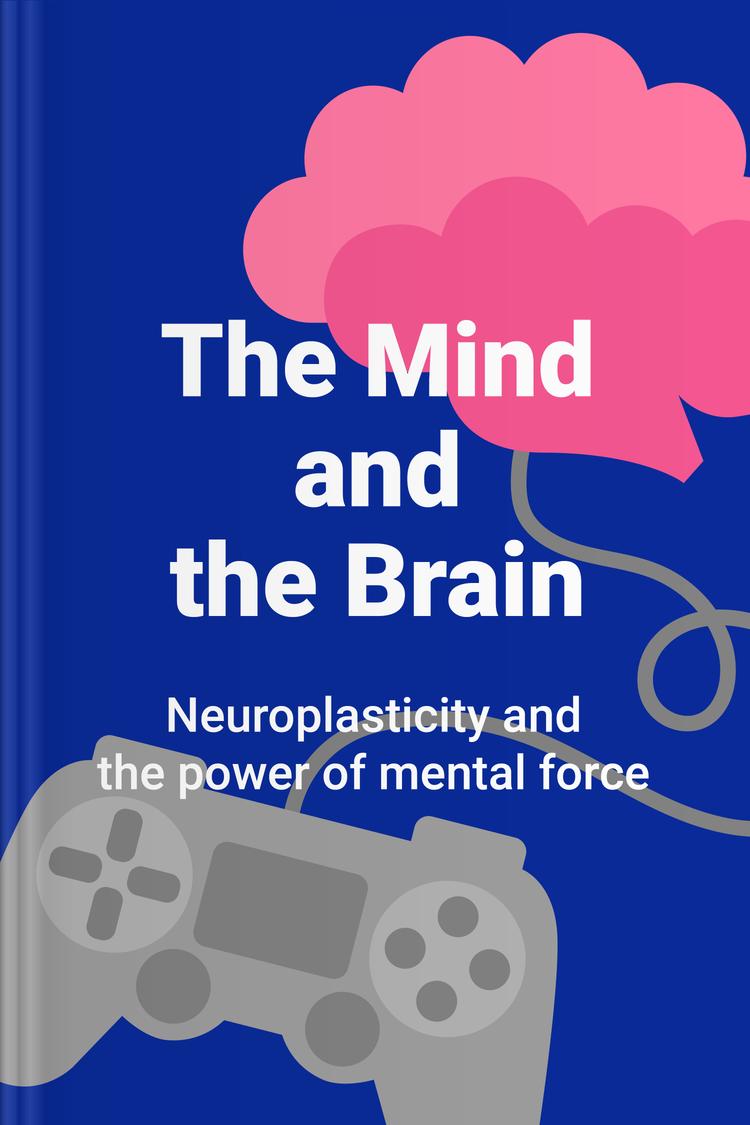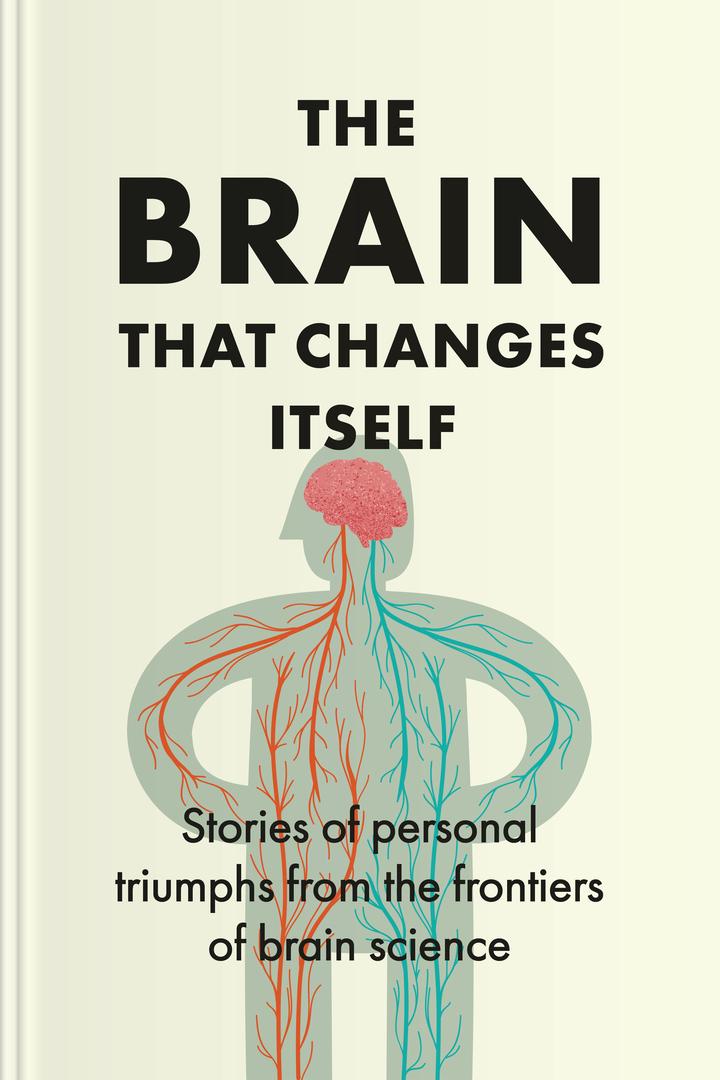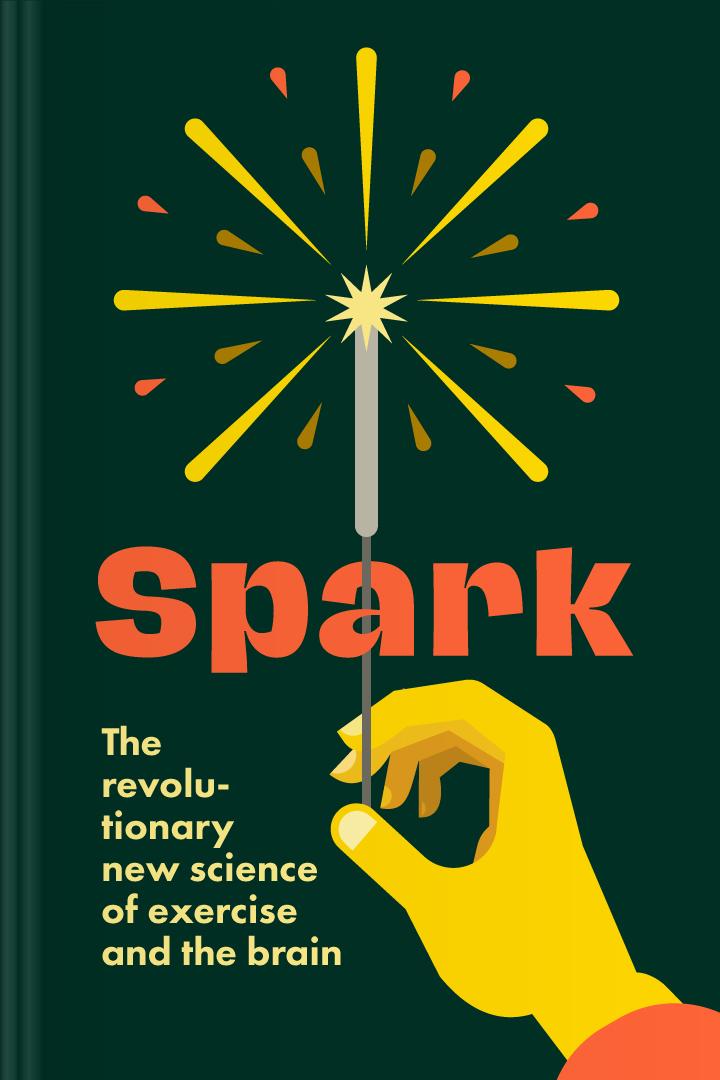5 Must-Read Books Exploring Neuroplasticity
Must-Read Books on Neuroplasticity
Your brain is your primary tool for everyday life. It makes decisions, forms memories, manages emotions, and even determines how you interact with others. That's why books on neuroplasticity have become popular for people wanting to understand themselves better and develop critical thinking. Neuroplasticity explains how behavior is formed through habits, addictions, and stress reactions.
Books on neuroplasticity go far beyond academic circles. They're read by educators, managers, parents, teenagers — anyone seeking a deeper understanding of their behavior, habits, and reactions. Often, the authors are neuroscientists, cognitive psychologists, doctors, or science communicators who talk about complex issues in an accessible and inspiring way.
Books about the brain not only provide knowledge, but also inspire change:
Better understand yourself, your emotions, and your behavior
Form critical thinking skills and conscious decision-making
Provide practical knowledge for effective learning and memorization
Manage stress, anxiety, and change bad habits
Become familiar with how the human mind actually works
Modern science brings people closer to understanding themselves, from the smallest impulses to complex thinking patterns. These books give you a chance to understand these processes better.
Best books on neuroplasticity
Among the famous books on neuroplasticity and the brain are 'The Power of Your Subconscious Mind' by Joseph Murphy, 'How We Learn' by Stanislas Dehaene, and 'Soft-Wired: How the New Science of Brain Plasticity Can Change Your Life' by Michael Merzenich. These books often focus on how the human brain forms new connections, how cognitive function can be improved, and how understanding your mind can help stimulate mental activity and enhance memory.
You'll get to know about the brain's structure and function, as well as its different parts and how they interact. These books explore the psychology of thinking and perception, including topics such as memory, attention, and reasoning. They also touch on philosophical aspects of neuroscience, such as the relationship between the brain and consciousness, free will, and morality.
These books allow you to expand your knowledge of neuroscience and its impact on human life. They'll help you understand how the brain works, affects behavior and emotions, and how to develop your brain and increase its productivity.
With the help of books from the list below, you'll have the opportunity to develop your abilities and knowledge about the brain and its functions.
You, Happier
by Daniel G. Amen, MD
Who should read You, Happier
Hardwiring Happiness
by Rick Hanson, PhD
What is Hardwiring Happiness about?
Who should read Hardwiring Happiness
The Mind and the Brain
by Jeffrey M. Schwartz, MD, Sharon Begley
What is The Mind and the Brain about?
Who should read The Mind and the Brain
The Brain that Changes Itself
by Norman Doidge, MD
What is The Brain that Changes Itself about?
Who should read The Brain that Changes Itself
Spark
by John J. Ratey, MD
What is Spark about?
Who should read Spark
Frequently asked questions about books on neuroplasticity
What's the best book on neuroplasticity?
Some of the best books on neuroplasticity include David Eagleman's ‘Secrets of Neuroplasticity,' and Barbara Oakley's 'Learning to Learn.' Sharon Begley's 'Train Your Mind, Change Your Brain' reflects on how mindfulness affects brain structure. And Shad Helmstetter's 'The Power of Neuroplasticity' speaks on how you can change your habits, emotions, and brain structure through conscious action.
What are the 4 types of neuroplasticity?
Neuroplasticity comes in many forms, but the four main ones are structural plasticity (changes in the number and connections of neurons), synaptic plasticity (changes in the strength of connections between neurons), functional plasticity (redistribution of functions between brain regions), and neurogenesis (the birth of new neurons).
At what age is neuroplasticity strongest?
Neuroplasticity is strongest in childhood, especially before the age of 3, when the brain forms many neural connections. However, plasticity persists throughout life, even though it peaks in the early years, so learning and adaptation can occur at any age.
What's the best way to stimulate neuroplasticity?
The best way to train neuroplasticity is to train your brain through new knowledge, physical activity, creativity, and a healthy lifestyle. Acquire new skills, learn languages, play musical instruments, exercise (yes, even just walking), practice meditation, and adopt a balanced diet.
What's the dark side of neuroplasticity?
The dark side of neuroplasticity is that the brain's ability to change and adapt doesn't always work in your favor. Harmful habits and addictions, such as overusing social media, gaming, overeating, or smoking, strengthen their corresponding neural pathways. Propaganda, manipulative advertising, and constant negative information can form persistent behavioral and thought patterns.
How long does it take to rewire the brain?
There's no set timeline since neuroplasticity continues throughout life. Current research shows that the average time it takes to rewire a habit is about 66 days. For serious habits like smoking or excessive screen time, it requires 2 to 3 months of consistent work to "break" old patterns.
